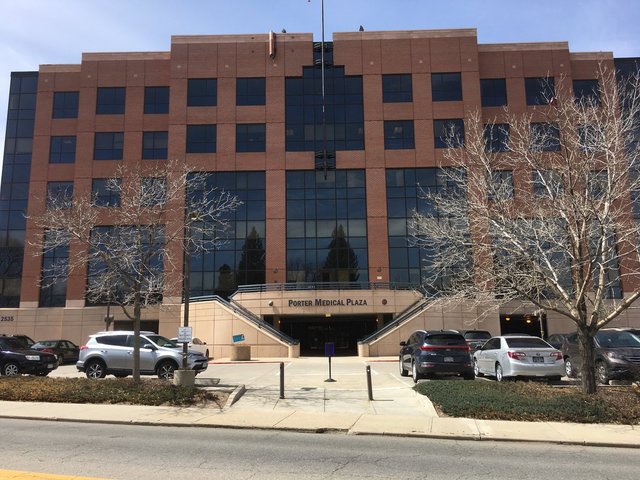By John Ingold
Officials at Porter Adventist Hospital first learned of possible trouble with its processes for cleaning surgical instruments as early as last April, when a doctor in the middle of a spine operation found a bone fragment from a previous surgery stuck to a tool waiting on a nearby tray, hospital officials said Thursday.
It wasn’t until a year later, though, that the hospital began notifying thousands of patients who underwent certain surgeries there of an infection risk related to its sterilization procedures. The notification also came two months after inspectors from a national hospital accreditation organization warned Porter officials in February of flaws in the cleaning process.
Those details were among the deeper insights Porter officials offered Thursday in their most public accounting to date of the turmoil that also caused the hospital to suspend all surgeries for nearly a week.Morre Dean, a senior vice president for Centura Health, which operates Porter, said the hospital delayed in notifying patients after the February inspection because it needed time to gather information and because there was no indication that patients were suffering an abnormally high rate of infections.
“It was a process issue,” Dean said. “It wasn’t necessarily something that was flagging out that ‘You have an outcomes issue.'”
As surgeries resumed on a limited schedule at the hospital Thursday, the Porter officials said they had sent approximately 5,800 precautionary letters to patients who received orthopedic or spinal surgeries at the hospital between July 21, 2016, and April 5. The early date corresponds with the most recent certification for the hospital’s cleaning practices, and Dean said the hospital decided to go all the way back to that date when notifying patients out of an abundance of caution.The Colorado Health Department announced Wednesday that it had learned of a number of patients who suffered surgery-related infections during that time period, although it could not tie the infections specifically to the hospital’s instrument-cleaning practices.
Dr. Patty Howell, the hospital’s chief medical officer, said Thursday that all of those cases involved infections at the incision site and were probably caused by bacteria. The hospital has identified no infections caused by viruses such as hepatitis B, hepatitis C or HIV. While Howell said the hospital is still gathering information about all the cases, she said there is no indication there was a spike in infections during the time period in question.
“We have not seen a bump in our overall totals or infection rates,” she said.But the case of the tainted tool on the surgical stand provides insight into the hospital’s cleaning troubles and its response.
Howell said the surgeon found the bone fragment on a tool that was on a tray adjacent to the operating table and waiting to be used. The contaminated tool was not used on the patient, the entire tray of tools was swapped out for a clean one, and Howell said the patient received extra monitoring to watch for infection. It was the only instance Porter found of a contaminated tool making it that close to a patient, Howell said.
The problem, Howell said, had to do with the first step in the hospital’s cleaning process: hand-scrubbing of instruments. The instruments then go through a machine wash and then through a separate sterilization machine. But she said pieces not wiped off well enough initially can make it all the way through the process.
A series of checks is designed to catch such mistakes. But she said orthopedic and spinal surgeries — which often involve small bits of bone and more complicated instruments — are trickier to clean up.At the time, the hospital viewed the contaminated tool as an isolated incident and did not see a broader trend, a Centura spokeswoman said.
But in February, The Joint Commission, a hospital standards and accreditation organization, visited Porter after receiving a complaint about the hospital’s cleaning processes and found “opportunity for improvement,” Dean said.
After working with the Colorado Department of Public Health and Environment, Dean said the hospital decided to notify patients.
“Patients would rather be notified than to not be notified if they think there is any risk at all,” Dean said.Porter suspended surgeries last week for a separate issue, though, after noticing small spots of mineral residue on its instruments, Howell said. The hospital was concerned about water quality, but subsequent testing showed the water to be fine and the residue to be the result of mineral buildup in one of its cleaning machines.
Howell said the hospital has installed some new equipment and made other upgrades to ensure that the problems don’t recur.
“We’re sorry for any anxiety that we caused,” Dean said.

